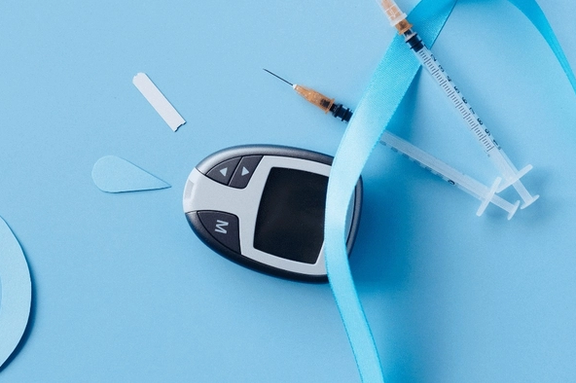Iran health official warns diabetes now emerging at age 20

Diabetes is appearing at far younger ages than before, Iran’s deputy health minister said on Thursday, estimating that about 7.5 million people nationwide now live with the disease.

Diabetes is appearing at far younger ages than before, Iran’s deputy health minister said on Thursday, estimating that about 7.5 million people nationwide now live with the disease.
Alireza Raisi told a diabetes symposium that cases have quadrupled in 35 years. “Relying only on drugs and hospital-based treatments will not bring lasting results,” he said.
About 600 million people worldwide are diabetic and that forecasts place the figure above 850 million by 2050, with the sharpest increases expected in Africa and the Middle East, Raisi mentioned.
He warned that lifestyle factors – limited physical activity, poor diet, obesity, air pollution and chronic stress – continue to drive growth in type-2 diabetes. “If we want effective control, we must shift to prevention,” he added.
Younger patients and heavy medical costs
Type-2 diabetes once mostly found in people over 40, is now being identified at about age 20 and in some cases younger, the deputy minister said. “This is a serious warning for the country’s future health.”
He linked diabetes to soaring treatment costs including dialysis, bypass surgery and vascular stents. “If you ask patients in a dialysis ward about the cause of their illness, more than 90 percent have diabetes or chronic hypertension,” he noted.
Only half of Iran’s estimated diabetic population, according to Raisi, is registered in the national health system, while WHO expectations for the next five years call for identifying and controlling 80 percent of patients and ensuring full access to insulin and self-monitoring tools for those with type-1 diabetes.
Poor diet, obesity, and low physical activity are driving a “growing national health burden,” Head of Iran’s Endocrine and Metabolism Research Institute, Bagher Larijani, said on Monday.
Diabetes and its complications consume up to 15% of Iran’s healthcare spending and shorten healthy life expectancy by about 300,000 years annually, he added.
Nine million Iranians, Larijani said, have pre-diabetes and that only a quarter of treated patients maintain proper glucose control.